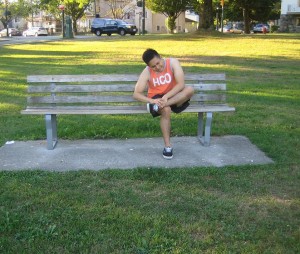If you have not heard about hammer toe before, it is described as a condition in which one or several of the smaller toes are bent in an upward manner. Take note that the toe can be straightened out but if the condition is ignored, it will become a permanent deformity that can be quite apparent if the individual wears open footwear.
Overview on hammer toe
Always bear in mind that the 4 small-sized toes in the feet are comprised of 3 bones known as the phalanges which form the two interphalangeal joints. It is important that the toe flexes at the proximal or primary interphalangeal joint. Initially, the individual can straighten it out, but if left untreated or ignored, it will progress into a lasting deformity.

Individuals who have hammer toe will often discover the development of a callus or corn on the upper part of the toe where it usually rubs against the top of the footwear. Remember that this can cause soreness when pressure is applied or when anything rub against it. The affected joint can become painful and appear inflamed. There are certain measures that can help manage the pain that you can learn in a first aid class.
What are the causes?
Hammer toe is often instigated by using shoes that do not properly fit. In case the shoes used are too small either in width or length, the toes are held in a shortened position for extended periods of time and the muscles will later on shorten and pull the toes into the characteristic bent position.
Alternatively, the condition can also be triggered by overactivity involving the extensor digitorum dongus along with feebleness in the countering muscle beneath the foot particularly the flexor digitorum longus. Oftentimes, hammer toe can be a congenital condition that is already present at birth. It is also quite common among those who have diabetes or arthritis in the foot.
Treatment
During the early stages of this condition where the toes can be still be straightened out manually, conservative treatment options are appropriate. This would require wearing shoes that are half a size bigger than normal and will not narrow around the toe area.
The individual should also engage in exercises that stretch out the toes while strengthening the muscles beneath the foot. These are vital in balancing the tightness of the upper tendons. It is also recommended to utilize corn plasters or padding to help ease the discomfort of any calluses or corns present.
Once the conservative treatment options fail or if the individual was not able to sought treatment until the toes are misaligned permanently, surgery might be the last resort. The surgery might involve cutting the tendon or fusing the joint. As for congenital conditions, they must be managed during early childhood with splinting and manipulations.
